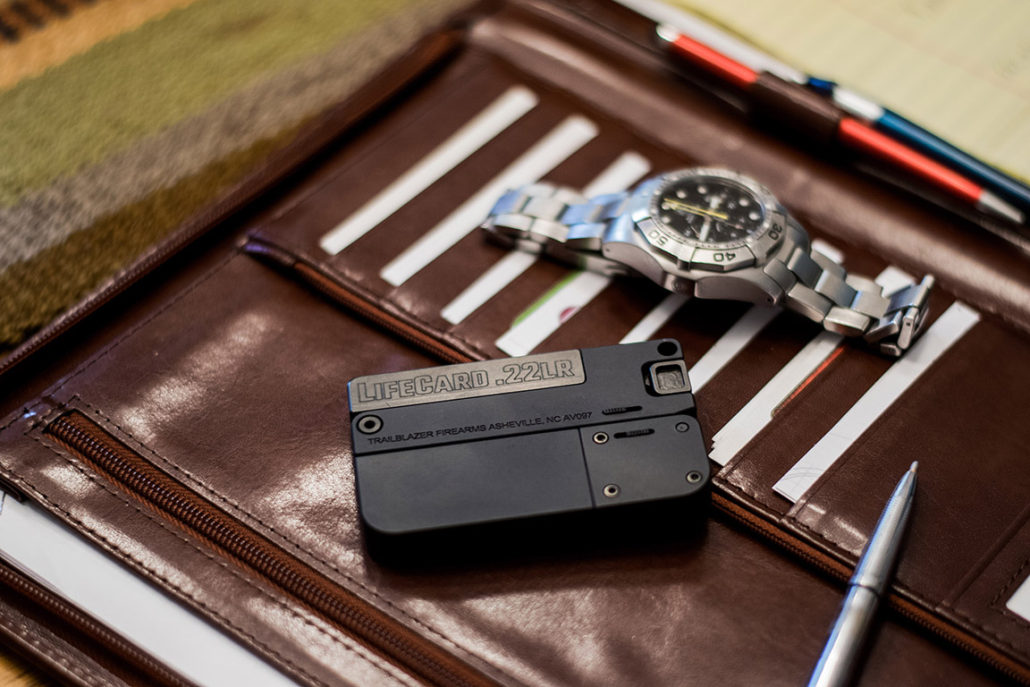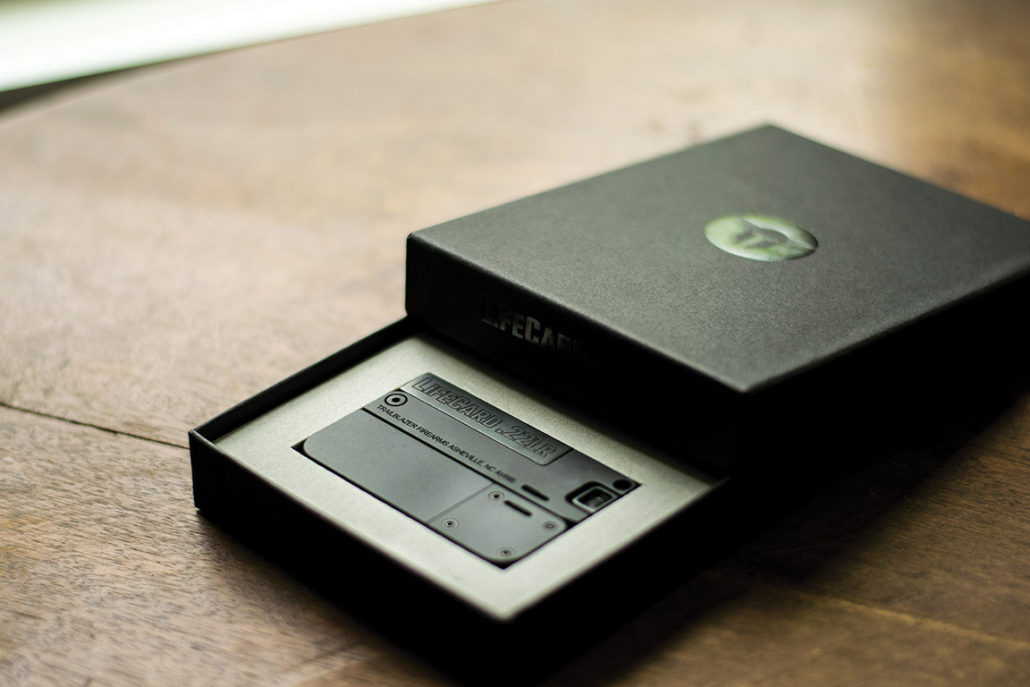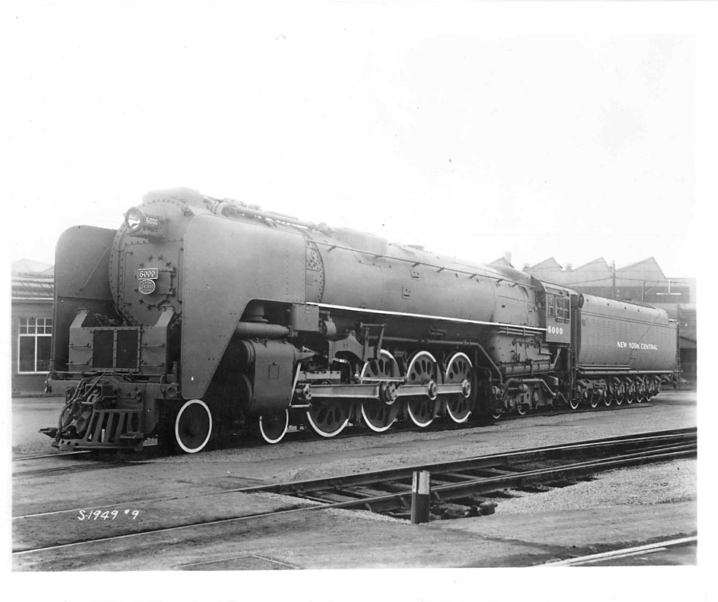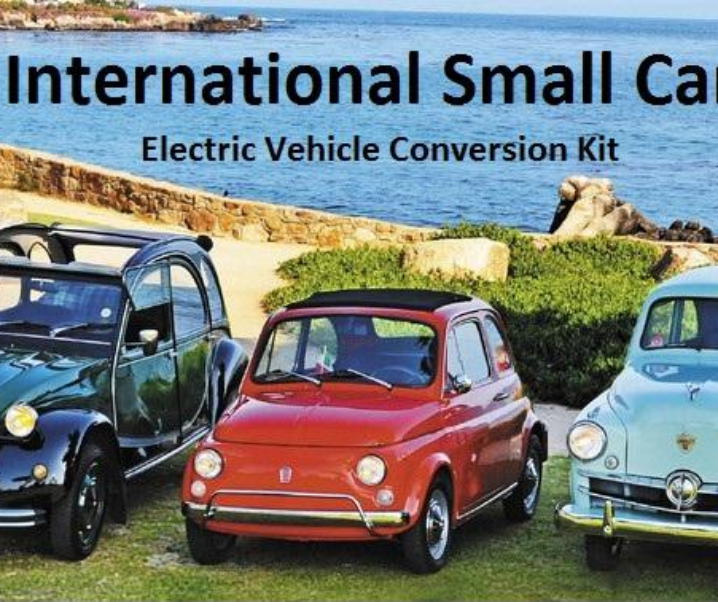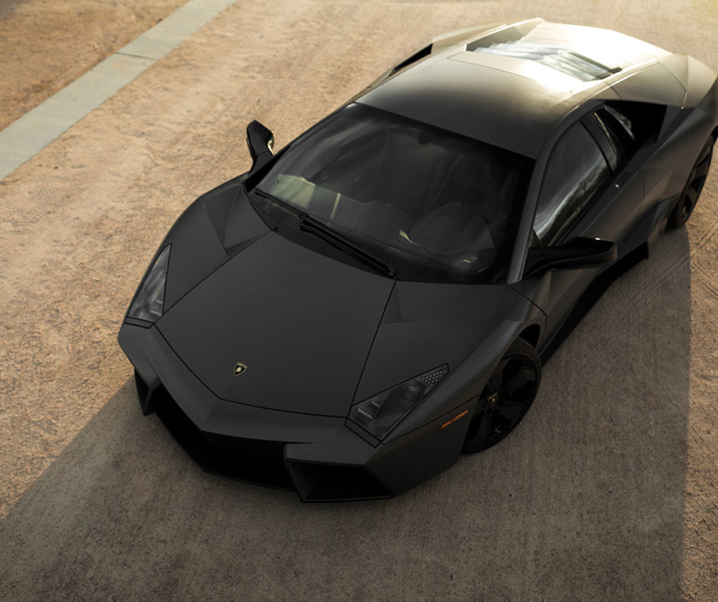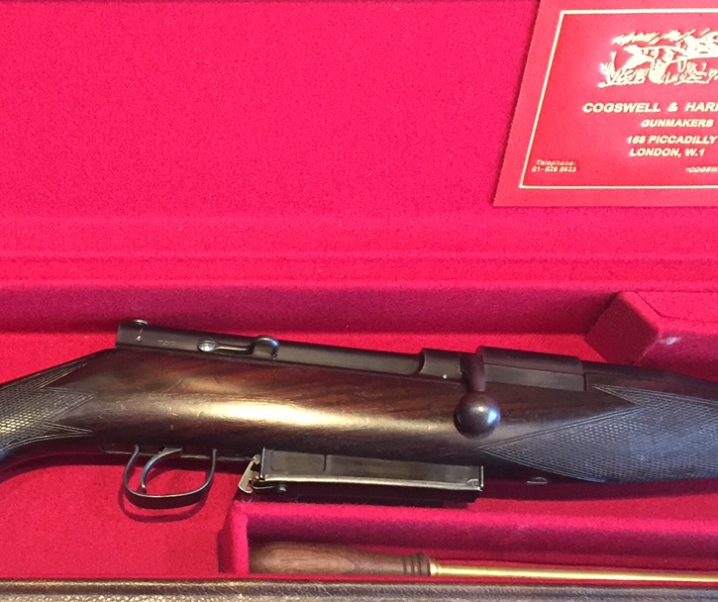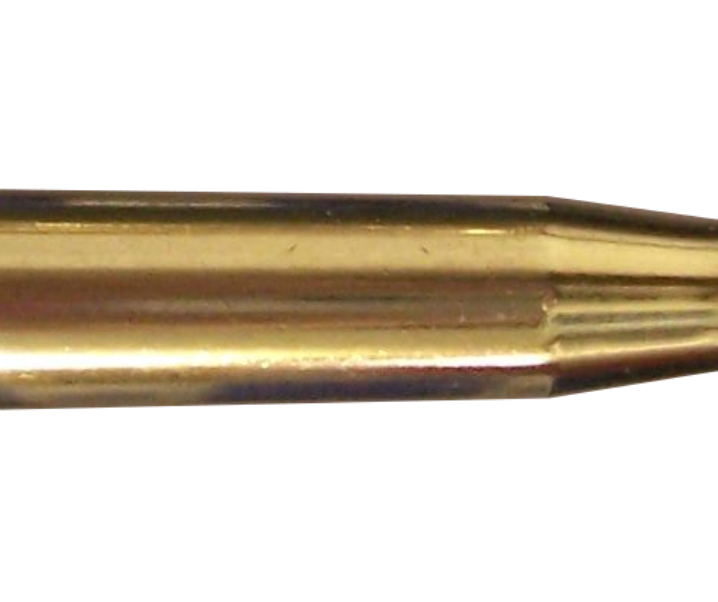The LifeCard is a new concept in handguns currently not yet in full production. The device is essentially a highly concealable little single shot .22lr folding handgun that is about the length and width of a credit card (3.375″ x 2.125″) and a half inch thick. It weighs less than seven ounces. It looks like the sort of thing “Q” would give to James Bond in one of the 007 movies.
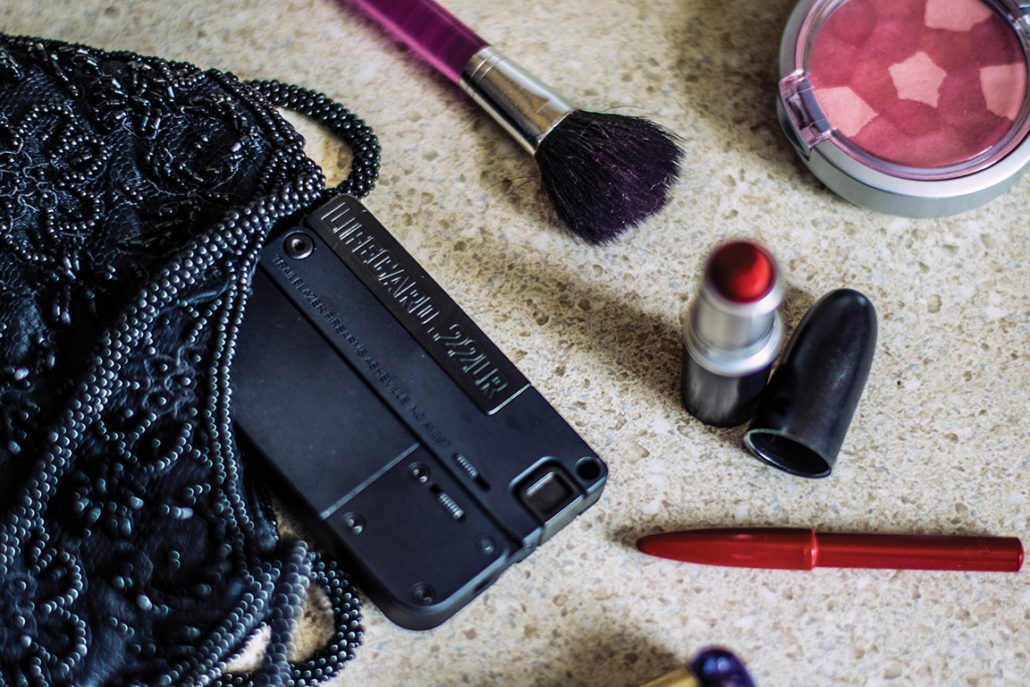
To get a full idea of the operation of the LifeCard it is worthwhile reading the manual.
You will find the LifeCard owner’s manual on their website if you click here.
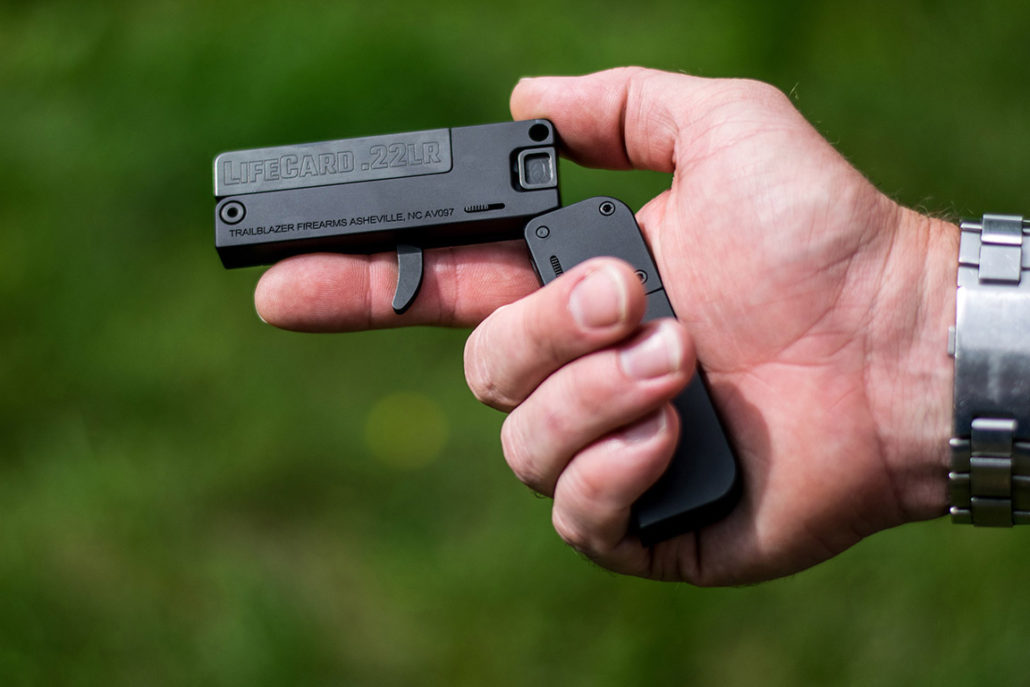
To operate the LifeCard it first needs to be opened up. To do that there is a locking latch on the grip portion of the gun that is pushed forwards using forefinger and thumb. As the pistol is unfolded the latch can be released and the grip fully opened at which point it will lock in place. The cocking piece can be seen in the above picture, this has three possible states;
- fired – striker down on a fired cartridge;
- half cock (as shown in the picture above) the striker is withdrawn slightly – this is the position the striker must be in for the pistol to be loaded, unloaded, or folded;
- cocked – the striker is pulled fully to the rear ready to fire the gun.
To load the pistol the striker must be in the half cock position. The latch on the action part of the pistol is pulled rearwards which releases the tip up barrel. With the barrel tipped up a .22lr cartridge can be loaded into the chamber. The tip up barrel can then be closed. To fire the pistol the striker is pulled back to full cock and then the trigger depressed.
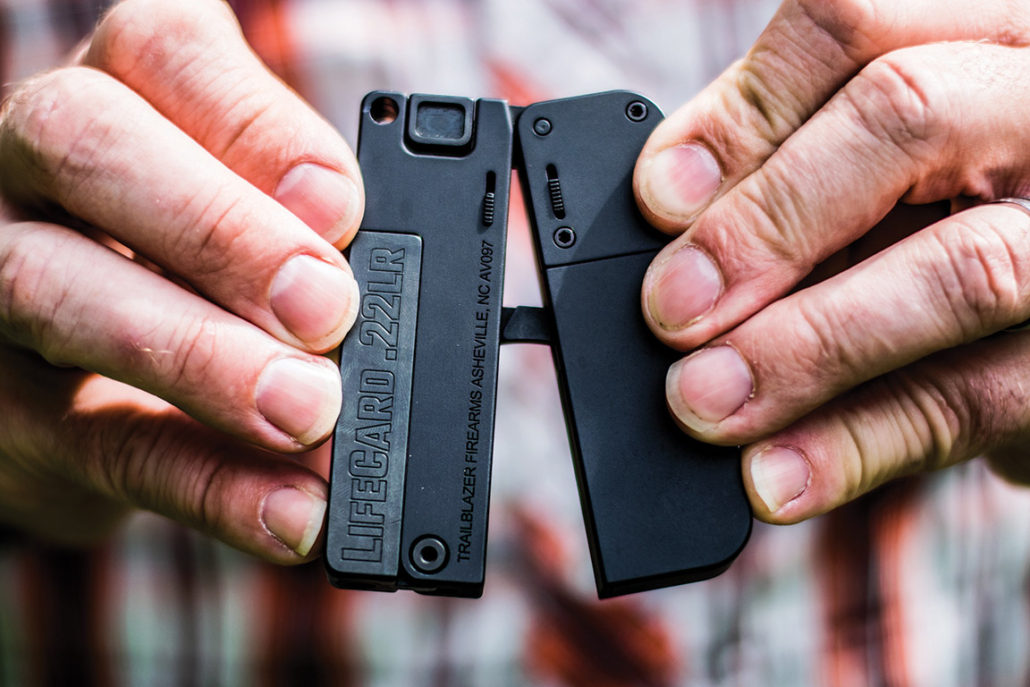
With the striker in the half cock position the trigger and striker are locked so the pistol cannot be fired. If the pistol is folded the trigger and striker remain locked so the pistol cannot fire.
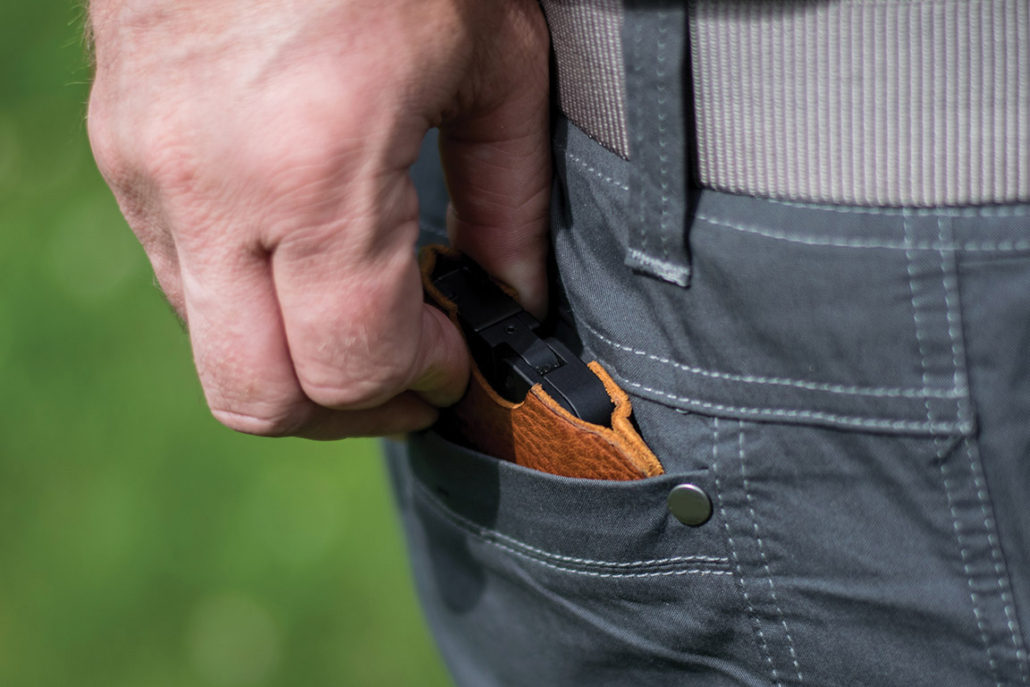
The frame and grip of the LifeCard are made of aluminum whilst the barrel, bolt and trigger mechanism are steel. Aluminum parts are hard anodized whilst steel parts are Isonite finished.
The LifeCard is a single shot pistol but provision is made in the grip to hold four .22lr cartridges. These would need to be manually loaded into the gun one at a time and the LifeCard’s striker brought to full cock each time the pistol is fired.

A handgun of this very small size would need careful handling so the user did not shoot their own finger off or do themselves some other injury. Handled correctly this little handgun looks like it would be safe enough.
If it were carried as a potential self-defense weapon the LifeCard would look to be a gun that you would have with you if you did not expect to need a gun. It would not be particularly quick to get it operational and there are a lot of purpose built self defense handguns out there that are small enough for safe concealment and quick to get into action. But the LifeCard could prove to be a useful little gun nonetheless. As for caliber the .22lr may not have much in the way of “stopping power” in a chest shot at a determined adversary but it is nonetheless a lethal cartridge and has proved itself to be so many times over the world. Its power compares with the .25ACP which was a common self defense pistol caliber often used by secret agents during the Second World War. At close range fired into an adversary’s brain it would prove to be remarkably effective. From personal experience in time spent in Australia decades ago I saw many kangaroos felled with a single .22lr bullet to the brain, and a full grown male kangaroo is similar in weight to a human being and quite a bit tougher. I have no doubt that in a crisis situation a single shot .22lr will be a whole lot preferable to having no gun at all!
You will find the LifeCard on the TrailBlazer web site if you click here.
(All pictures courtesy TrailBlazer© Firearms).

Jon Branch is the founder and senior editor of Revivaler and has written a significant number of articles for various publications including official Buying Guides for eBay, classic car articles for Hagerty, magazine articles for both the Australian Shooters Journal and the Australian Shooter, and he’s a long time contributor to Silodrome.
Jon has done radio, television, magazine and newspaper interviews on various issues, and has traveled extensively, having lived in Britain, Australia, China and Hong Kong. His travels have taken him to Indonesia, Israel, Italy, Japan and a number of other countries. He has studied the Japanese sword arts and has a long history of involvement in the shooting sports, which has included authoring submissions to government on various firearms related issues and assisting in the design and establishment of shooting ranges.

